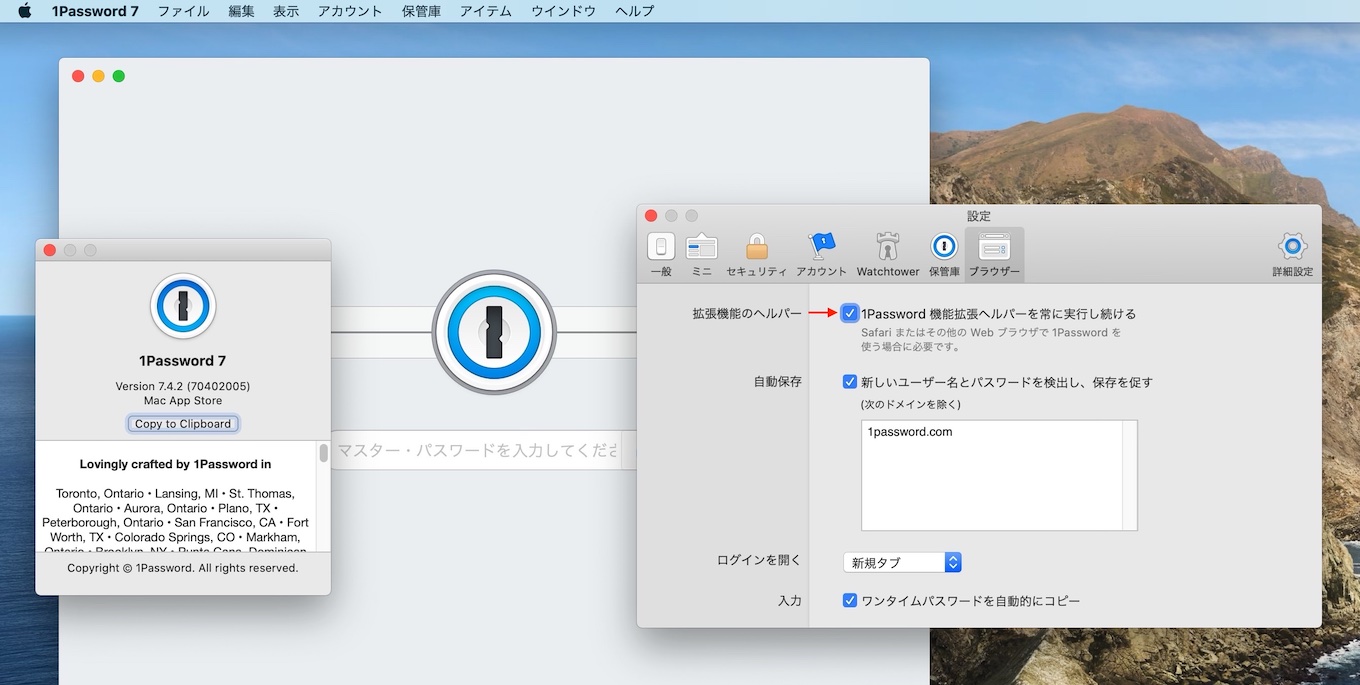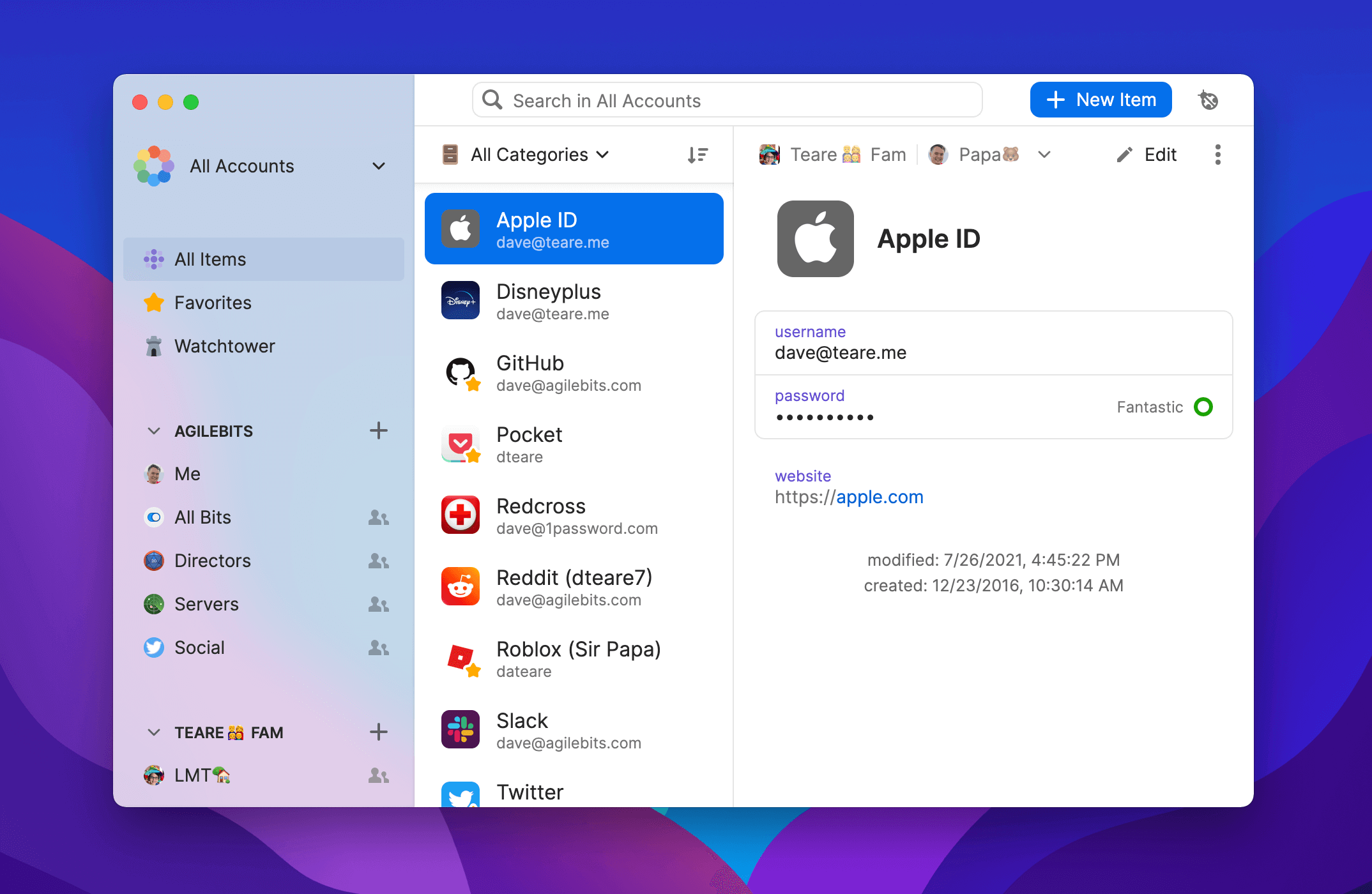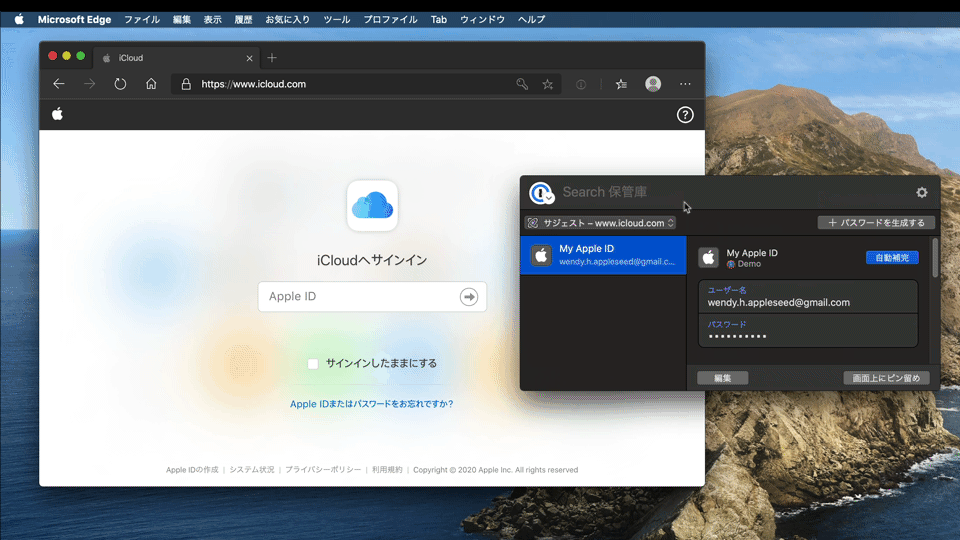
Return to the first window (Chrome folder), and single-click the file titled 2bua8c4s2c. in that folder to select it, then use command-c to copy that JSON file to your clipboard.Choose Go > Go to Folder once more, then copy and paste the following in the pop-up: ~/Library/Application Support/Microsoft Edge Beta/NativeMessagingHosts/.In Finder again, type ⌘N to open a new Finder window.On your Mac, in Finder, choose Go > Go to Folder, then copy and paste the following in the pop-up: ~/Library/Application Support/Google/Chrome/NativeMessagingHosts/.Visit and click the Chrome option, which will take you to the Chrome Web Store page for the 1Password companion extension.Click Microsoft Edge > Microsoft Edge Extensions, then click Allow extensions from other stores at the bottom left of the extensions window.Update to the latest beta version of 1Password for Mac, if you’re not already running it (you can enable beta builds by clicking the "Include beta builds" checkbox in 1Password > Preferences > Updates).

If you've never had Chrome, install it first, then install the 1Password extension for Chrome from the Chrome Web Store.
#1password for microsoft edge for mac for mac
You’ll need to be using the beta version of MS Edge (not Dev or Canary) and the beta of 1Password 7 for Mac You'll also need to have already had Chrome installed on your Mac.


For the present, this isn’t exactly pretty, but it can be done if you want to use the companion 1Password extension instead of 1Password X. Welcome to the forum, Microsoft Edge for Mac is now built from a Chromium base, which means we don’t need a separate extension - though we may indeed have one in the official MS Edge for Mac extensions store at some point.


 0 kommentar(er)
0 kommentar(er)
